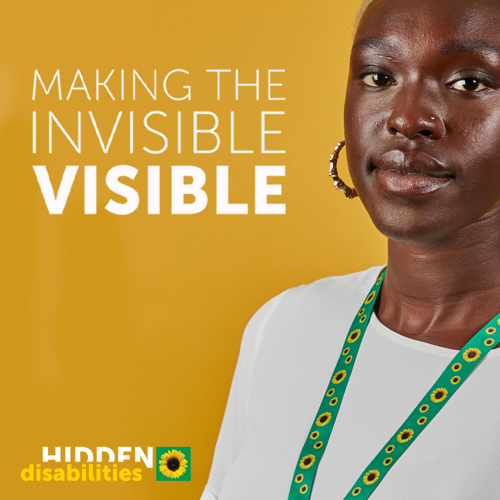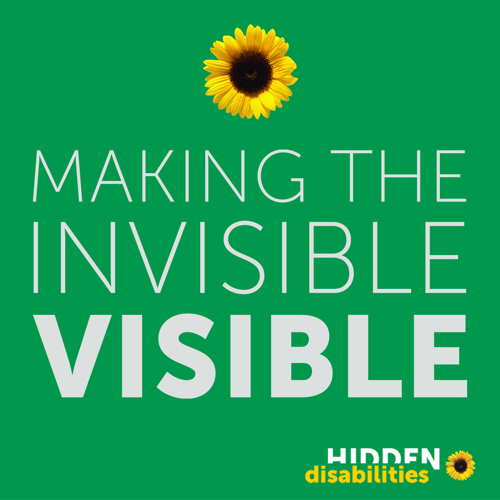Hidden Disabilities Sunflower
Melbourne Polytechnic has adopted the Hidden Disabilities Sunflower to help support and raise awareness of those living with a hidden disability.
The Hidden Disabilities Sunflower (hdsunflower.com) is a simple tool to voluntarily share that the wearer has a disability or condition that may not be immediately apparent – and that they may need a helping hand, understanding, or more time in shops, at work, on transport, or in public spaces.
Students studying at Melbourne Polytechnic can choose to wear the Sunflower with either a badge or wristband as a low-key way to show other people that they may need additional support, help, understanding or even a little more time. You can request a Sunflower wristband from staff at the Student Hub, Library Services or Student Services.
As part of Melbourne Polytechnic’s involvement with the Hidden Disability Sunflower initiative, we are inviting all staff to do some training to learn how to recognise the Sunflower, gain a deeper understanding of what non-visible disabilities are, and how to approach and support colleagues and students that might need a bit more support.

You can request a Sunflower wristband from staff at the Student Hub, Library Services or Student Services.
Contact wellbeingcounselling@melbournepolytechnic.edu.au for more information about the Hidden Disabilities Sunflower program.
What is a hidden disability?
In Australia and New Zealand 1 in 5 people are said to have a disability, 80% of which are hidden. Hidden disabilities can sometimes be difficult for others to recognise.
Examples of disabilities that may not be immediately obvious can include:
- Autism
- Anxiety
- Chronic pain
- Dementia
- Learning disorder
- Mental health condition
- Tourette Syndrome
- Visual impairments
- Deafness or being hard of hearing
Read more about hidden disabilities at Hidden disabilities (hdsunflower.com).
